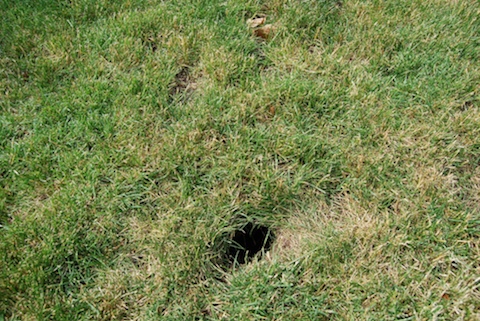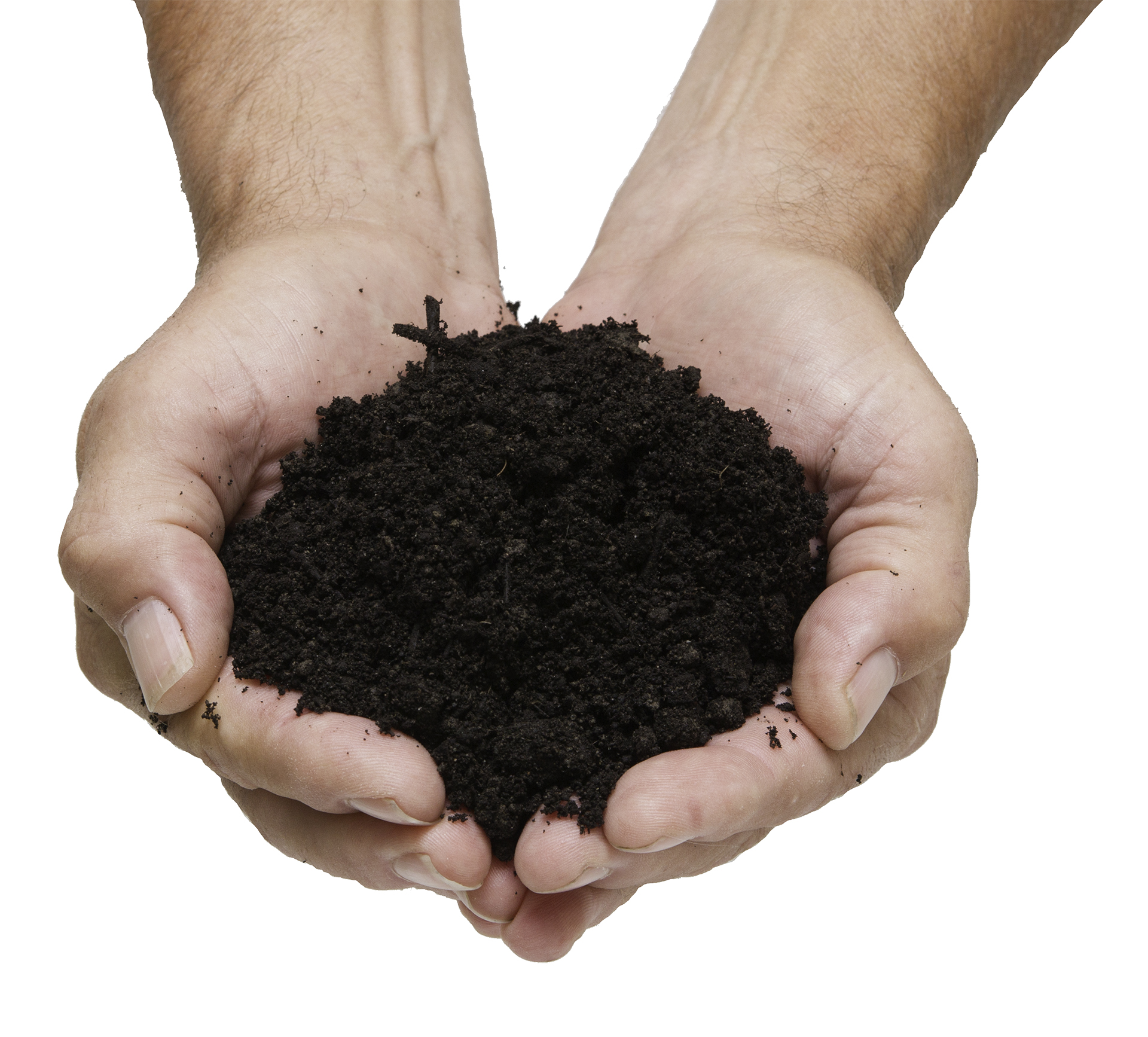Fixing Holes in Your Yard
So Fido has been acting up and started digging holes in your lawn… Or maybe a sinkhole is forming where you took out that pine tree last year… Either way, holes in your yard can be a pain and an eye sore. Filling holes incorrectly, or with the wrong products can leave you out fixing them every month. If you want to make a permanent fix (aside from pesky Fido digging new holes) there a few simple steps that can take care of holes once and for all.
Identify the cause
It’s pretty easy to put the blame on Fido and ramp up your dog training, but some holes can be tough to identify. If you find many holes throughout your yard, small rodents or insects could be the culprits. In this case, seeking a professional to get rid of your pesky intruders before attempting to fill the holes is recommended.
Sinkholes can be attributed to a number of different issues. In the event that the holes are occurring where a tree used to be, you could be in for a big job. Rotting root systems that were left after a tree is removed can provide big issues for your yard. Ideally, these roots should be removed to prevent further sinking especially if they are large.
Some holes can be attributed to drainage issues around your home. In this case, professional help should be sought out as well. There could be big problems with the drainage system around your foundation, and this could lead to wet basements and serious water damage.
Removing sod
If your pets or pests haven’t completely ruined your old sod, carefully using a spade to remove any intact sod can save you some time and money. If nothing is salvageable, you may have to call your local sod supplier and pick up some high quality turf.
Prep the topsoil layer
If the soil in the area of the hole is spongy and appears to not have much structure, dig down to a point where the remaining topsoil is more robust. Keep in mind that soil containing clay tends to have more structure than silty or sandy soil.
Filling the hole
Choosing a nutrient rich soil is crucial to the success of your lawn repair. If a soil lacking in the proper N-P-K (nitrogen phosphorous potassium) ratios, or lacking in the necessary organic matter is used then there is a good chance that your lawn will not grow back in properly. However, using a soil that doesn’t have any structure to it, like a standard triple mix, will result in sinking and you will have to start the whole process over again. BigYellowBag’s Nature’s Blend Soil is %70 nutrient rich Black Garden Soil and %30 structural mineral soil. This blend provides a TON of nutrients for your lawn while having enough structure to prevent major settling.
Fill in the hole to a slightly higher level than the rest of your topsoil and be sure to lightly pack the soil. The area will settle a small amount so overfilling the hole will balance it out. Be careful not to pack the soil too heavily because soil compaction can be a detriment to establishing sod.
Lay the sod
Lay your fresh or recycled sod back over the filled hole. Use a sod knife, or a utility blade to cut out your required shapes with ease. When laying sod, be sure that the sod layers are not overlapping. A perfect fit will help your grass rooting system establish itself quickly.
Water, water, and more water!
Sod requires extensive watering after it has been laid. Try and get water on it as soon as possible to avoid overheating. Continue to water the sod for the next couple weeks until the root system takes sufficiently. This will be a good test for how well your soil will withstand weathering as well.



